|
|
|
|
"Important
NOTE" Information Provided On This Website Is
Intended For "GENERAL INFORMATION ONLY" And Here Are A Few Reasons To Use Core Filled Blockwork With Your New Building Project.One thing to keep in mind is concrete has been used in building for a long time. But,
concrete blocks are Due to high-tech advances in the cobble of cement plus the development of concrete blocks
machines, Impelled The benefits of using concrete blockwork is it can be laid in conventional brickwork
style. But, in this case! we Cement blocks will vary in size, they are bulkier than common bricks. The center of the
cement block has two The concrete blocks core is tapered so that its surface area has a greater width, which
allows for a chivalrous Also concrete blocks come in a variety of textures, shapes, designs, cosmetic aspects, and
are available in The great thing about these coloured textured blocks are, they make it ideal to be use as external walls designs. There are specific concrete blocks, such as bull noses, grooved blocks, and U-shaped
blocks which are used Unlike bricks, concrete blocks can be bolstered by using rebar steel inside it's core holes. On the other hand the grout is used to bond the concrete blocks together, while the rebar
steel with concrete This reinforces and gives a greater pliable strength to the block wall, by withstand
higher sideways forces due to The spacing of the rebar steel and the grouting mixture used on the concrete blocks are essential to achieve the desired strength. A Reinforced Blockwork Wall, Is
An Critical Structural
|
|
|
Videos Are Under Construction They Will Be Uploaded Soon |
 |
|
|
Videos Are Under Construction They Will Be Uploaded Soon |
 |
"Important NOTE" Information Provided On This Website Is Intended For "GENERAL INFORMATION ONLY" And
Must Be Only Be Used Only As A "GUIDE" It Must Not Be Used For Decision Making, Or Be Used For Any Building Purposes Or Legal Proceedings. Refer To Our Policies On This Website.
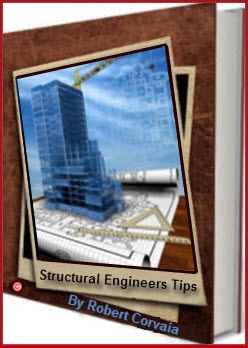
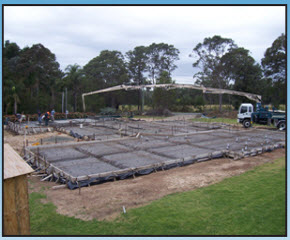 |
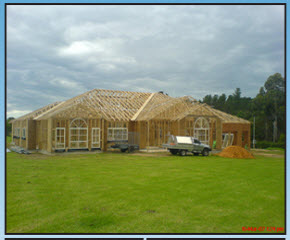 |
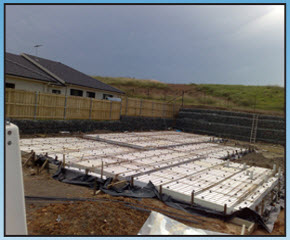 |
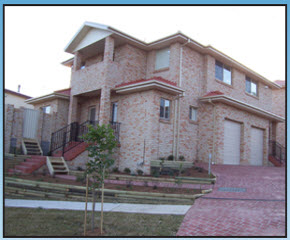 |
 |
 |
 |
|
 |
 |
 |
 |
 |
|
|
|
|
|
|
|
|
|
|
|
|
|
|
|
|
|
|
Civplex Structural Engineers Pty Ltd |
|
|
|
|
|
|
|
|
|
|
|
|
|
|
|
|
|
|
|
|
|
|
|
|
|
|
|
|
|
|
|
|
|
|
|
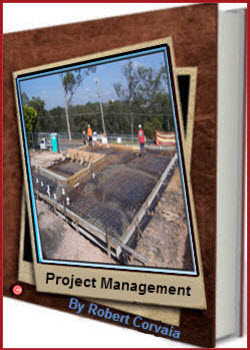  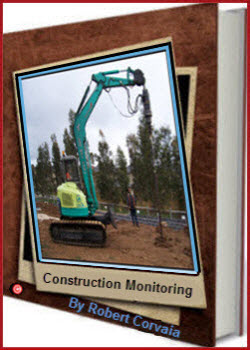 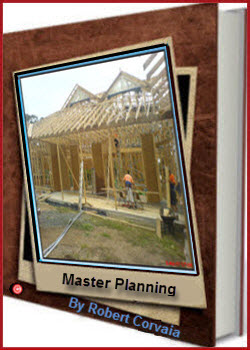 |
|
©®™ Copyright 2011 -
2021 www. Civplex Structural
Engineers.com.au Pty Ltd All Rights Reserved Worldwide, The Use Of This
Website |
|
|


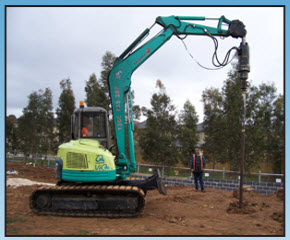
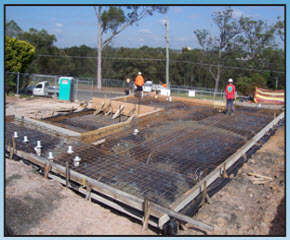
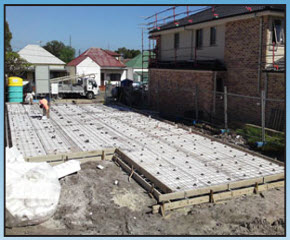





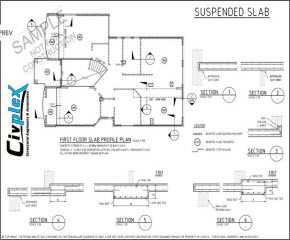
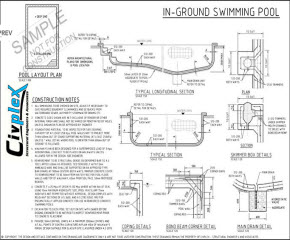
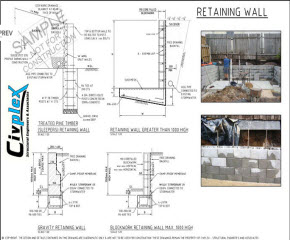
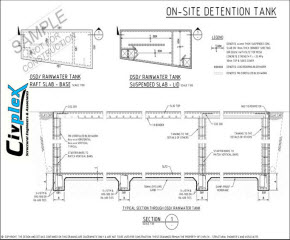
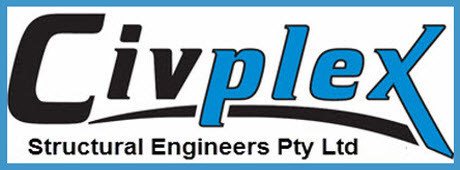
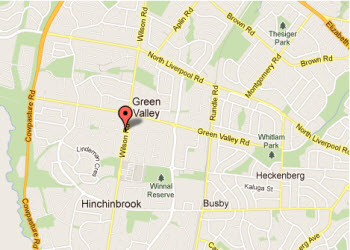
 Google Bookmarks
Google Bookmarks Stumbleupon
Stumbleupon Blogmarks
Blogmarks Digg
Digg Netvouz
Netvouz Newsvine
Newsvine Diigo
Diigo Yahoo My Web
Yahoo My Web Spurl
Spurl Wists
Wists Facebook
Facebook Delicious
Delicious Fark
Fark Twitter
Twitter Technorati
Technorati Reddit
Reddit Ma.gnolia
Ma.gnolia Livejournal
Livejournal BlinkList
BlinkList

























